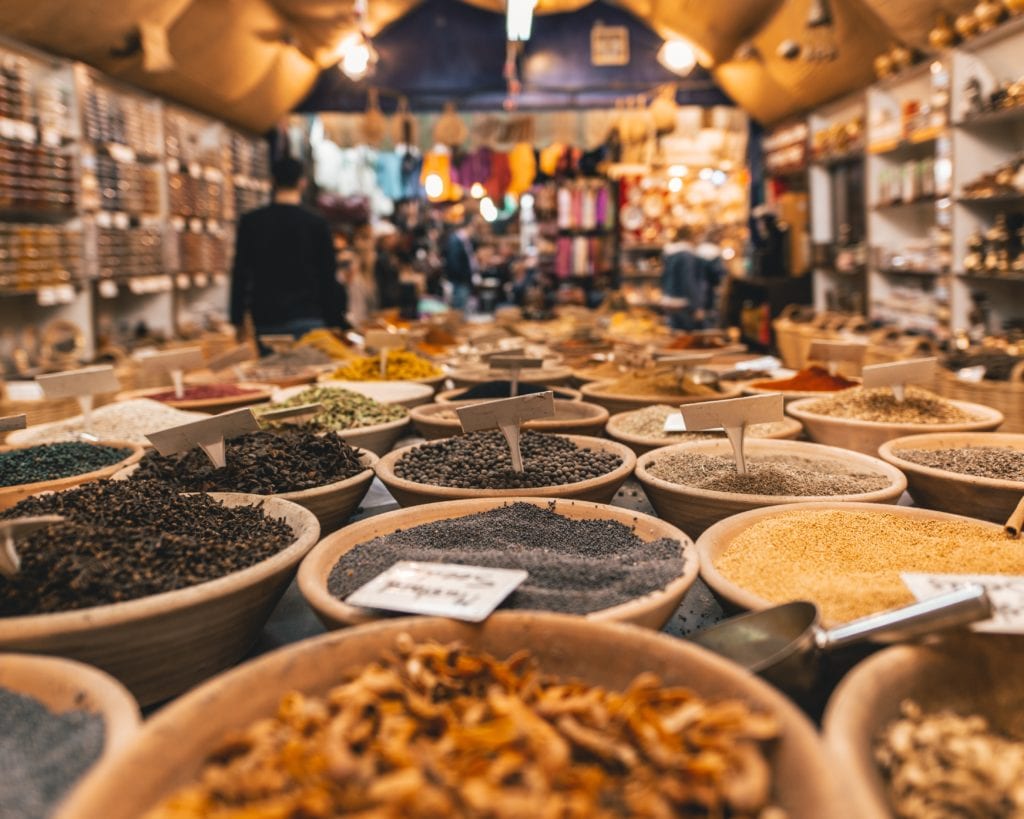
The History of Curry
You probably know that curry comes from India and that there are many different curry dishes. But what were its origins? And how did it end up in the UK? In this blog we’ll be answering those questions.
The History of Curry in India
The story of curry goes all the way back to the Indus Valley Civilisation. This culture in the Northwest of Asia dates back to the time between 3300 BCE to 1300 BCE. Archaeologists have found evidence that they used a mortar and a pestle to blend spices such as cumin, fennel and tamarind pods and mixed them with their food. Another spice that is related to the Indian subcontinent and South Asia is black pepper, which was first introduced all the way back in 2000 BCE.
The Mughal Empire, which dates from the early 15th century, also had a major influence on certain types of curry, largely in the North. Portugal’s establishment of a trading centre in Goa in 1510 also influenced some curry dishes and was followed by the introduction of chilli peppers from America to the Indian subcontinent.
Where Does the Name Curry Come From?
The name curry comes from the Tamil people, who named it Kari, which means ‘sauce’ or ‘relish for rice’. In the 17th century, the word Kari was explained in a Portuguese cookbook that was written by employees of the British East India Company, who traded with merchants of the Tamil civilization across the South East of the Indian coast region. The first time it was used in its anglicised form (currey) in Britain dates from 1747, when it was published in the bestselling cookbook of the 17th century, “The Art of Cookery made Plain and Easy” by Hannah Glasse.
Curry in the UK
The word “curry” was historically used in British cuisine to indicate a dish of meat, quite often leftover lamb, with a sauce that had curry powder as an ingredient. During the 19th century curry recipes could increasingly be found in cookbooks. At the end of the 19th century and the beginning of the 20th century, curry became more and more popular in the UK.
At the beginning of the 19th century there were around 70,000 South Asians established in the UK, who were mostly servants, students and ex-seamen. The first curry restaurants were opened at the beginning of 1900 in London. The first luxury Indian restaurant was opened in 1926 by Edward Palmer and became a famous eating establishment with notable clients such as the Prince of Wales, Winston Churchil and Charlie Chaplin.
When Curry Became Famous in the UK
Curry has not yet established itself in British cuisine. Between 1940 and 1950 most Indian restaurants in the capital employed ex-seamen from Bangladesh. Many of these men wanted to open their own restaurants. After the Second World War, they invested in bombed out chippies and cafes, and started to sell curry and rice together with fish and chips and traditional pies.
They kept their restaurants open until late in the evening for the after-pub trade, which became a tradition after a night out. Later on the curry became so popular that these restaurants stopped selling fish & chips and started to focus on cheap Indian takeaways.
Around 1970 a large number of immigrants came from Bangladesh to the UK and started working in the catering business. Now, some 65% – 75% of Indian restaurants are owned by people who have their roots in Bangladesh. Did you know that there are more Indian restaurants in Greater London than in Delhi and Mumbai combined. Curry has become a national dish; since the late 1990s Chicken Tikka Masala has been promoted as a ‘true British national dish’.

But How Long Will Curry be Popular in the UK?
According to the MCA UK Restaurant Report 2019, more than 1400 UK restaurants closed between June 2018 and June 2019, and there is nothing to indicate that this will change in 2020. Many traditional curry houses are under pressure and they need to be more competitive in an increasingly crowded market.
With some restaurants heading down the street food route, others choosing to compete and win Michelin stars, there is much more diversity in the sector now. Those that choose not to reinvent themselves or to offer a traditional menu with sloppy service are going to find it harder and harder to survive.
Curry itself however will keep evolving and will no doubt remain a mainstay of the “eating out” market until long into the future.

Share this Story
